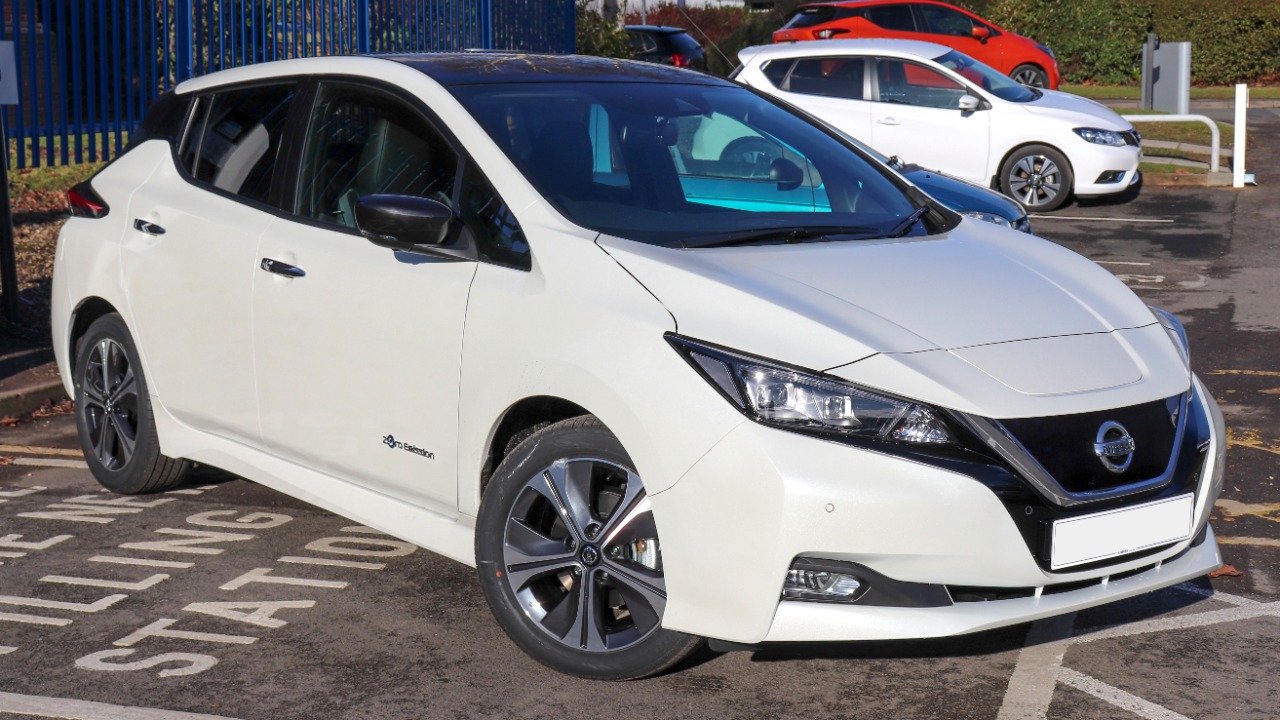
Electric vehicles (EVs) are known for their environmental benefits and cutting-edge technology, but not all EVs hold their value equally over time. Some models experience depreciation at a faster rate than others, impacting resale value. Here, I explore six EVs that notoriously lose value more quickly, providing insights into why this might be the case.
Tesla Model S
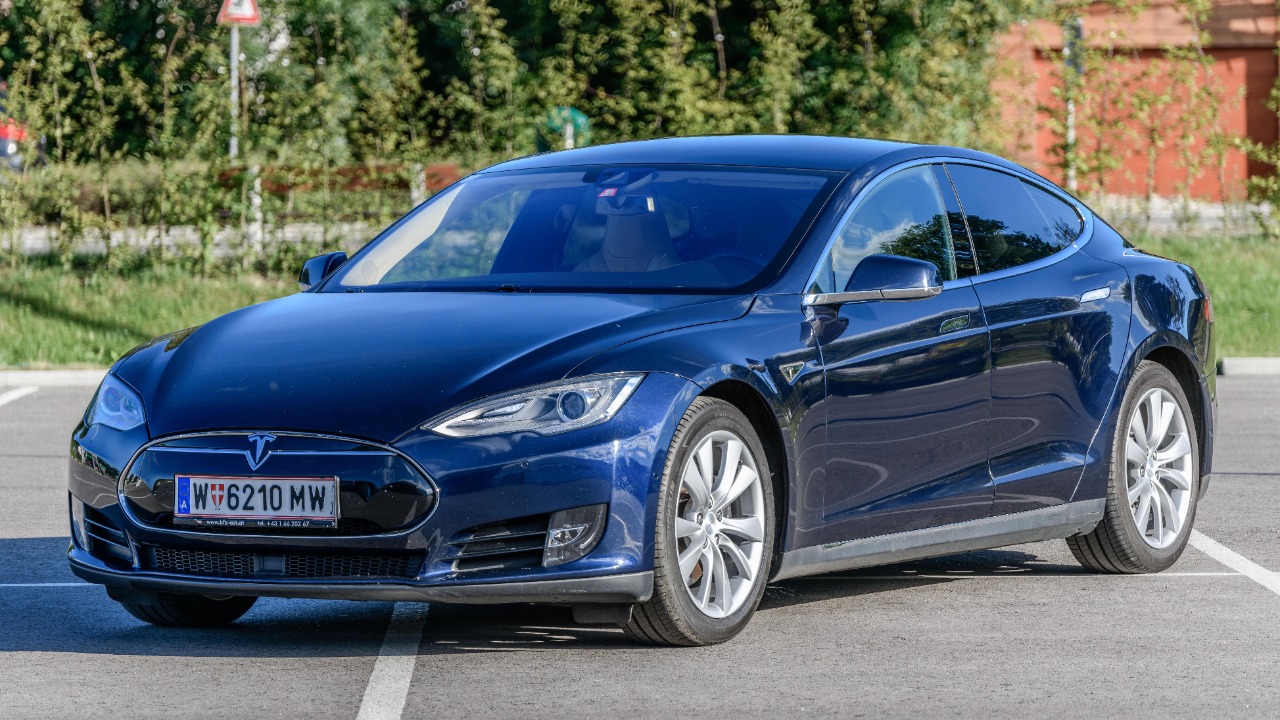
The Tesla Model S is a pioneer in the electric vehicle market, yet it doesn’t escape significant depreciation. Despite its technological prowess and strong brand reputation, the Model S can lose up to 50% of its value within the first year.
Factors such as high initial cost and frequent updates to technology contribute to this rapid depreciation. More details on this can be found in this Wired article.
Chevrolet Bolt EV

The Chevrolet Bolt EV offers an affordable entry point into the electric vehicle market, but it also depreciates rapidly. Its depreciation is partly due to competition from newer models with longer ranges and more advanced features.
The Bolt’s appeal as an affordable option might not be enough to counteract the financial hit of its steep depreciation curve, as discussed in this AOL report.
Nissan Leaf
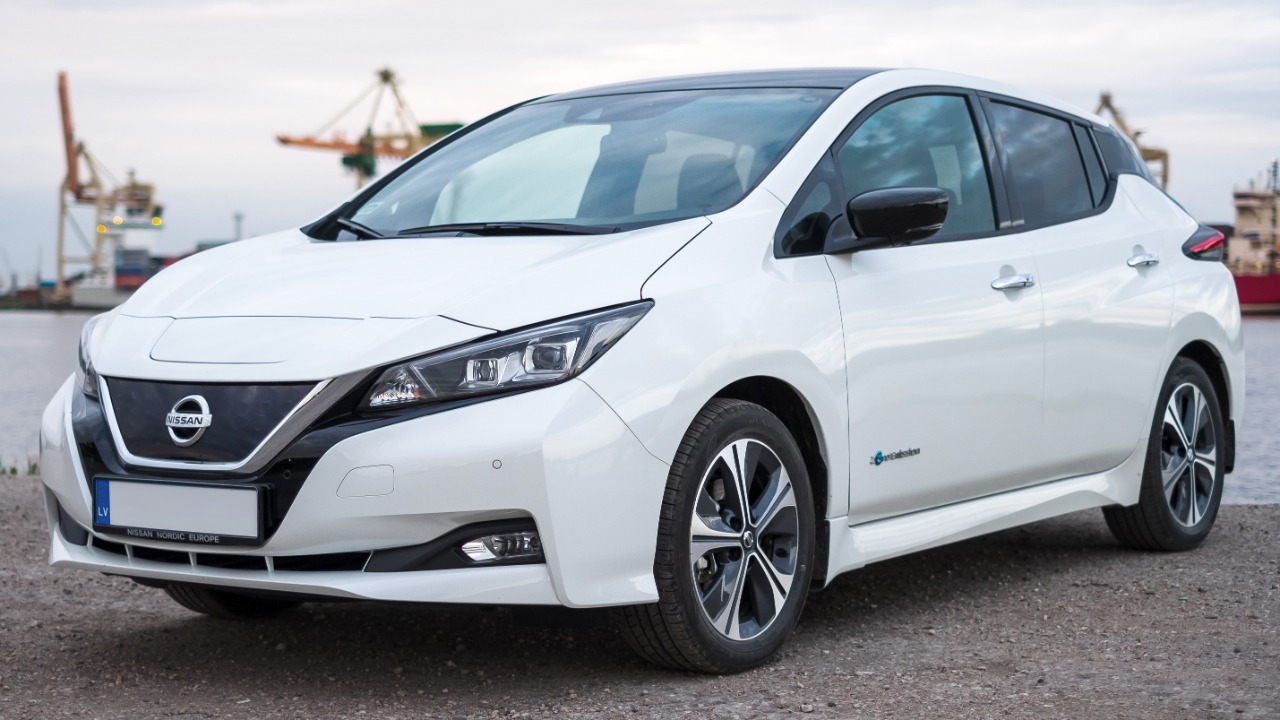
The Nissan Leaf has been a staple in the EV market for years, yet it suffers from higher-than-average depreciation rates. The Leaf’s rapid loss in value is often attributed to its limited range compared to newer models and its less luxurious features.
As battery technology evolves, older models like the Leaf face challenges in maintaining their market value. For a deeper dive into EV depreciation, check out this Yahoo Finance article.
BMW i3

The BMW i3 is known for its distinctive design and premium quality, but it doesn’t retain its value well. Its unique styling, which appeals to a niche market, and the rapid pace of technological advancements in EVs contribute to its depreciation. The i3’s limited range compared to newer competitors further adds to its challenges in the resale market.
For more insights, Cars.com provides a comprehensive look at EV pricing.
Audi e-tron
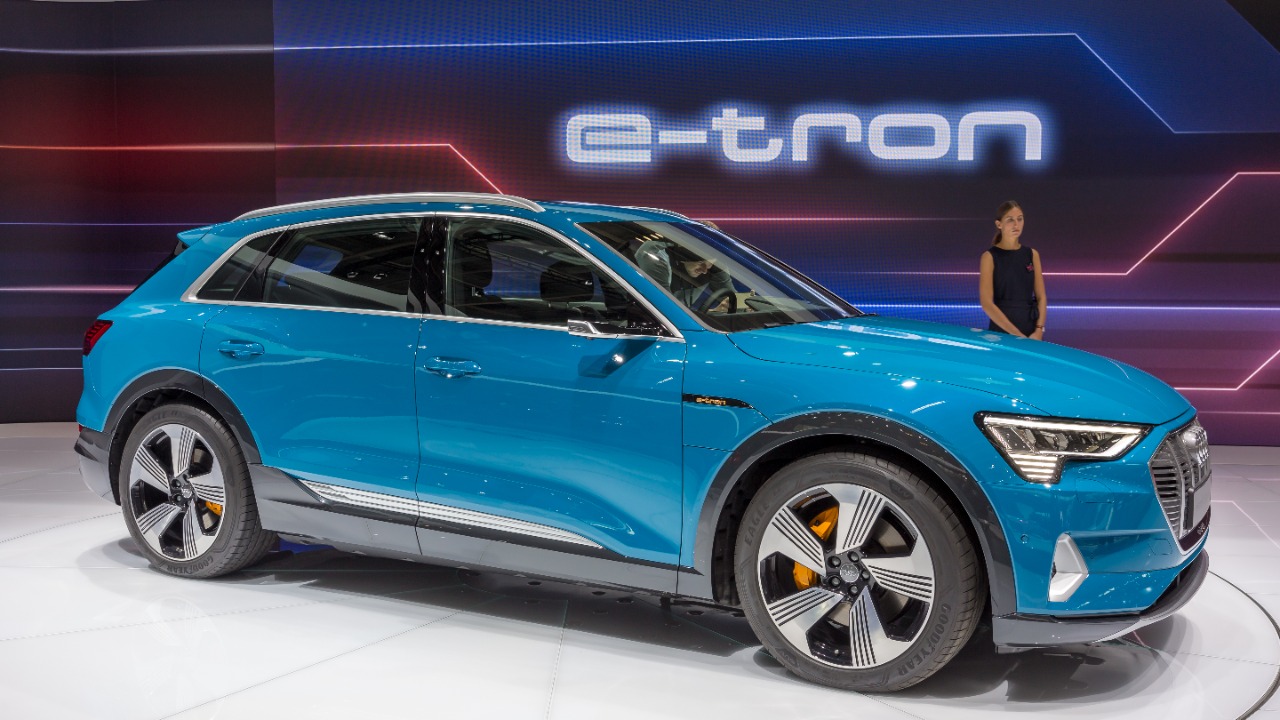
The Audi e-tron combines luxury with electric efficiency, yet its high initial price and competition from other premium brands impact its depreciation. The e-tron’s faster-than-average drop in value is also linked to its range, which lags behind some competitors.
As the luxury EV market grows, models like the e-tron must keep pace with new entrants offering more advanced technology and longer ranges.
Jaguar I-PACE
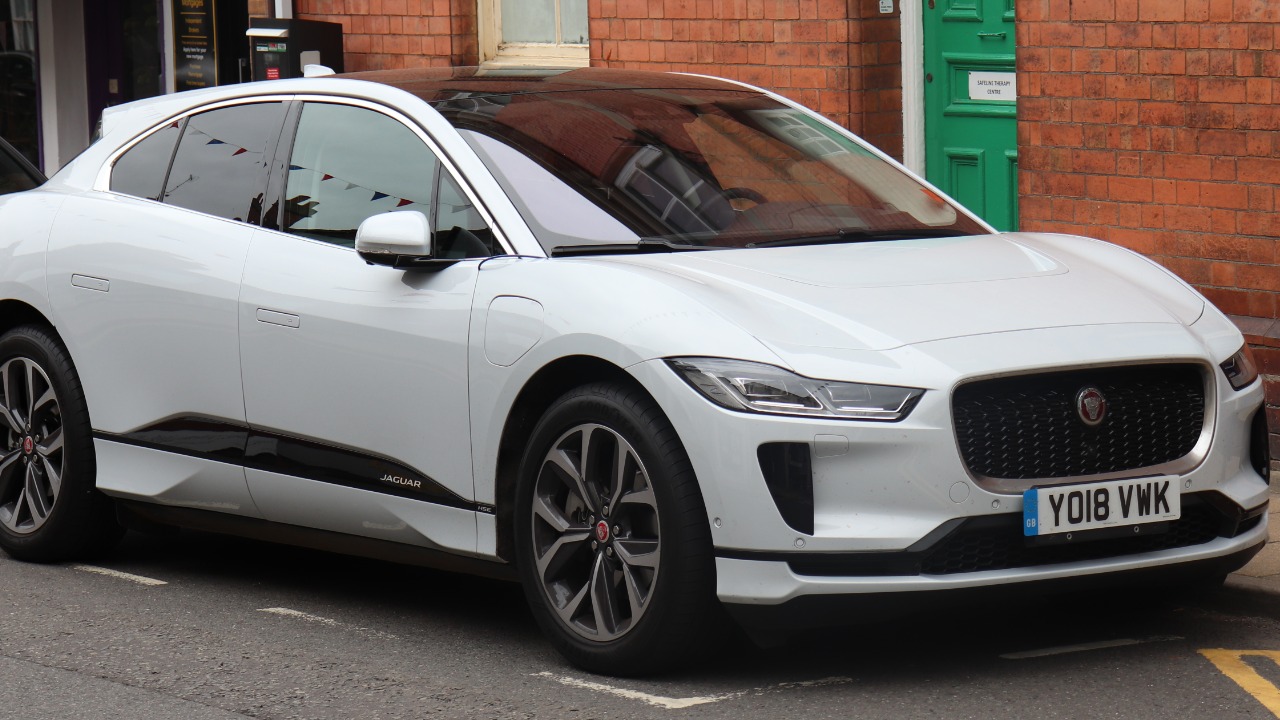
The Jaguar I-PACE offers a blend of style and performance, but its depreciation is a concern for potential buyers. The I-PACE’s high depreciation rate is influenced by its initial price and the rapid evolution of battery technology, which leaves older models struggling to compete.
Despite its accolades, including awards for its design and innovation, the I-PACE’s resale value remains a sticking point for many.